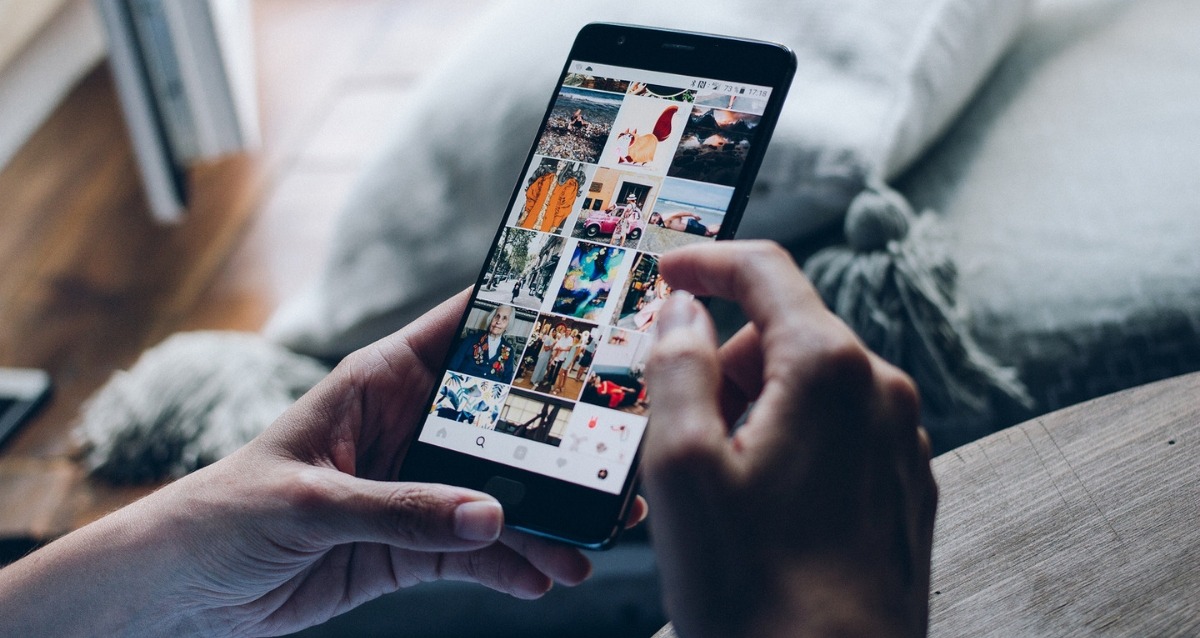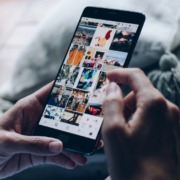 https://dappergoat.com/wp-content/uploads/2019/04/instagram-banned-hashtags.jpg 683 1024 Jeremy Tillman https://dappergoat.com/wp-content/uploads/2020/08/Dapper-Goat-Logo-Without-Artboard-300x93.png Jeremy Tillman2023-03-01 14:31:502023-03-29 12:44:52Banned Hashtags on Instagram – Updated!
https://dappergoat.com/wp-content/uploads/2019/04/instagram-banned-hashtags.jpg 683 1024 Jeremy Tillman https://dappergoat.com/wp-content/uploads/2020/08/Dapper-Goat-Logo-Without-Artboard-300x93.png Jeremy Tillman2023-03-01 14:31:502023-03-29 12:44:52Banned Hashtags on Instagram – Updated!What Does LinkedIn Sponsored Inmail Mean for Marketers?
 If you try to market your business in the B2B space, you probably know about the value of LinkedIn. Thanks to the network’s professional audience (77% of its users have at least some college experience), it’s a perfect network to prospect potential clients and grow your brand presence.
If you try to market your business in the B2B space, you probably know about the value of LinkedIn. Thanks to the network’s professional audience (77% of its users have at least some college experience), it’s a perfect network to prospect potential clients and grow your brand presence.
And if recent news are any indication, that relevance is about to increase. In the wake of Microsoft’s decision to acquire LinkedIn, the network has been rolling out increased advertising possibilities that could make a significant impact for any B2B marketer looking to effectively reach their target audience.
In November, it announced a major piece of news: Sponsored InMail is now available for all social media advertisers, regardless of budget.
Understanding LinkedIn Sponsored InMail
Experienced users of the platform know InMail as LinkedIn’s internal messaging system. It works pretty much like any other system within the major social networks: you find a user or group of users to which you want to send a message, and distribute it easily.
Of course, to use the feature, you have to be connected with the users in question. Unless you have already been in touch with potential prospect, that caveat has made it difficult to use for any B2B business looking to grow their audience.
That’s why LinkedIn Sponsored InMail was launched. This opened the possibility of sending messages to a targeted audience with whom you did not have to be connected – for a price. Until this past November, that price was a commitment of at least $4,000 per month.
That, of course, is no longer the case.
Email Marketing – But Not
Beginning last November, LinkedIn Sponsored InMail feature became accessible to all marketers. On its surface, this new digital advertising possibility feels a lot like email marketing – until you dig in a bit more.
For starters, the targeting parameters for LinkedIn Sponsored InMail are identical to those of other ads on the network. In other words, marketers can target their messages based on data that ranges from location and level of education to job title and employer. In other words, it’s easy to zoom in exactly on the audience you need.
In addition, InMail does not suffer the same clutter concerns as regular emails. While the average person now sends and receives more than 100 emails every day, LinkedIn limits its advertisers to no more than one Sponsored InMail every 48 hours to reduce that clutter. The result is an inbox environment with significantly less spam, resulting in more exposure for each message.
Given these advantages, it’s no surprise that according to LinkedIn’s internal data, Sponsored InMail significantly outperforms regular email marketing. Averages of 45% open rates and 4% to 7% click-through rates far outpaces average open rates below 25% and click-through rates below 2% for email marketing in most industries.
Integrating LinkedIn Sponsored InMail Into Your Digital Advertising Strategy
For most B2B marketers, the fact that LinkedIn Sponsored InMail is now available regardless of budgets is and should be major news. Put simply, attempting to reach business customers on the network nets undeniable results. Adding another tool to accomplish that feat for B2B brands of all sizes is certainly newsworthy.
But of course, as is the case with any digital advertising opportunity, using LinkedIn Sponsored InMail in isolation is not enough. Instead, you need to integrate these messages into your overall marketing plan; for example, a steady stream of sponsored content on the network along with personal calls to connect could mesh perfectly with a sponsored message on the same topic.
Anytime a new marketing feature like this comes along, it’s easy to rush into trying it out and seeing if it works. But in reality, you need to approach it strategically to net the most positive results. For help in that regard, contact us. We’d love to work with you in exploring and maximizing the capabilities of Sponsored InMail and other LinkedIn marketing opportunities.











